Chord Melody or Melody and Chord is the art of playing the melody and chords at the same time.
The Art of Playing Melody and Chords at the Same Time

Crafting Melody and Chord Arrangements
Getting Started Creating Melody and Chord Arrangements - Guidelines for creating melody and chord arrangements on ukulele.
Creating Melody and Chord Arrangements, in theory are as simple as harmonizing the melody with a chord. Which is playing a chord that has the melody note as the top note of the chord voicing. In practice, it is a little more involved, but not much more.
Here is a page of tips and guidelines for creating your own arrangements.
A few things you should know before starting:
- The notes of the Ukulele Fingerboard and what they look like in standard music notation. TAB will NOT help with this.
- The ability to identify the notes and chord intervals of a chord. Chord Spelling , A C major chord is C E G, the root, third and fifth of a C major scale. A G7 chord is G B D F, the root, third, fifth and flat seven of a G major scale.
Melody and Chord Guidelines
A few tip, tricks and guidelines for creating melody and chord arrangements.
- You do not have to play a chord for every melody note. Chords can also be before or after the melody.
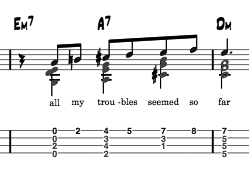
Example from measure 2 of the Beatles classic Yesterday.
- Play a chord for dotted quarter notes and longer.
- Play a chord when there is a chord change.
- Add melody notes if needed and wanted.
- If the melody is an arpeggio, play as single notes and sustain the notes to create the chord.
- If only one melody note is changing in a chord, play the changed note while sustaining the previous unchanged notes of the chord.

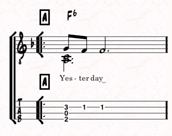
Example from first measure of Yesterday.
- Change all diminished triads to dim 7th 4-part chords.
- Augmented triads to can be played as a 7#5.
- Do not avoid the effectiveness of triads
- Use chord substitutions to fit the style.

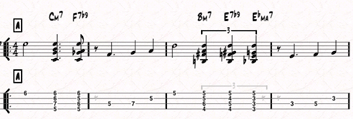
Example from Autumn Leaves.
The original chord for this measure is the I chord of the key ( Bbmaj7 ). A III chord, a diatonic sub is substituted and its V chord added. Also creates a nice chromatic movement the IV chord.
A full melody and chord solo arrangement for Autumn Leaves is available on the On-line Lessons - Repertoire page.
- Look for places for parallel , oblique , similar and contrary motion in your chord voicings.
- Double Stops , octaves, intervals, arpeggios, sequences and chord scales.

.png)
Example from Walk Don't Run. A song written by jazz great Johnny Smith and made famous by the Ventures.
The full melody and chord solo arrangement for Walk Dont't Run available.
- Use the principles of Voice Leading
- Chromatic passing chords and fills.
- Close Chord Voicings . The re-entrant tuning of the ukulele gives you this automatically.
- Incorporate open strings into chord voicings
- Use Free form chord voicings.
A Free Form Chord is a chord that does not fall into the open position, movable form or 4-part chord categories.
- Alterations, upper partials (chord extensions) and substitutions. Root to 9, b9, #9, third to 11, #11, fifth to 13, b5, #5 to fit the style
- Alterations should not change the chords harmonic function.
- Embellishments - slurs, hammer-ons, pull-offs, tremelo, etc...
- Idiomatic cliches - These are things such a bends and glissandos (slides) in blues.
- Alternate chord voicings - A melody of a ninth can be harmonized by raising the root of a chord two frets or lowering the third of a minor chord one fret and the third of a major seventh or seventh chord two frets.
- A melody of an eleventh can be harmonized by raising the third of a minor chord two frets and the third of a major seventh or seventh chord one fret. Or, lowering the fifth of a seventh, minor seventh or major seventh chord two frets.
- Learn the critical notes of a chord such as the thirds and sevenths of major, minor, and sevenths chords. Without these notes, in the chord you lose the essence of the harmony.
- The two most critical notes are the melody and the seventh of a chord.
- Leaving out the root and fifth of a chord implies 5, 6, and 7 part harmony is very useful on an instrument such as the ukulele.
- Intros , Endings and Interludes equal an arrangement.
- Theme, variations and re-harmonizations.
Fake Books
A Fake Book is a music book that shows the melody and chords for a song only and is called a lead sheet, and a musician is responsible for creating their arrangement. Long ago this was called ”faking” a song.
Here are a few of the fake books that I have and use a lot for repertoire.
The Real Books
The Real Books are the best-selling jazz books of all time. Since the 1970s, musicians have trusted these volumes to get through every gig, night after night. The problem is that the books were illegally produced and distributed, without any regard to copyright law, or royalties paid to the composers who created these musical masterpieces. Hal Leonard presented the first legitimate and legal editions of these books ever produced. These are the same as the original books without the errors.
There are now multiple versions of the The Real Book as well as versions with Vocals, Pop, Rock, Blues, Christmas songs. There is even a The Real Pop Book, The Real Rock Book, The Real R&B Book, The Country Book
And don't forget the Daily Uke Books by Jim Beloff.
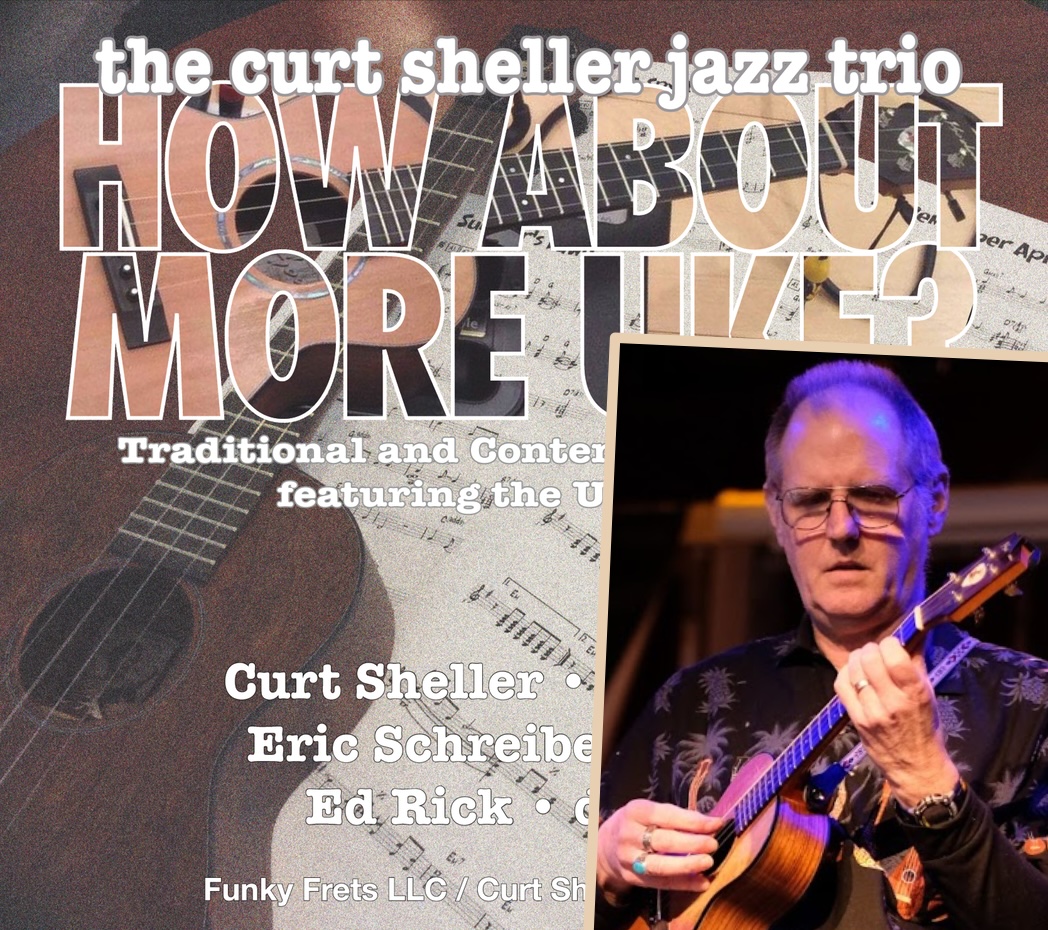
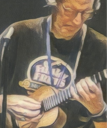
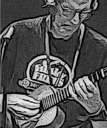






.jpg)